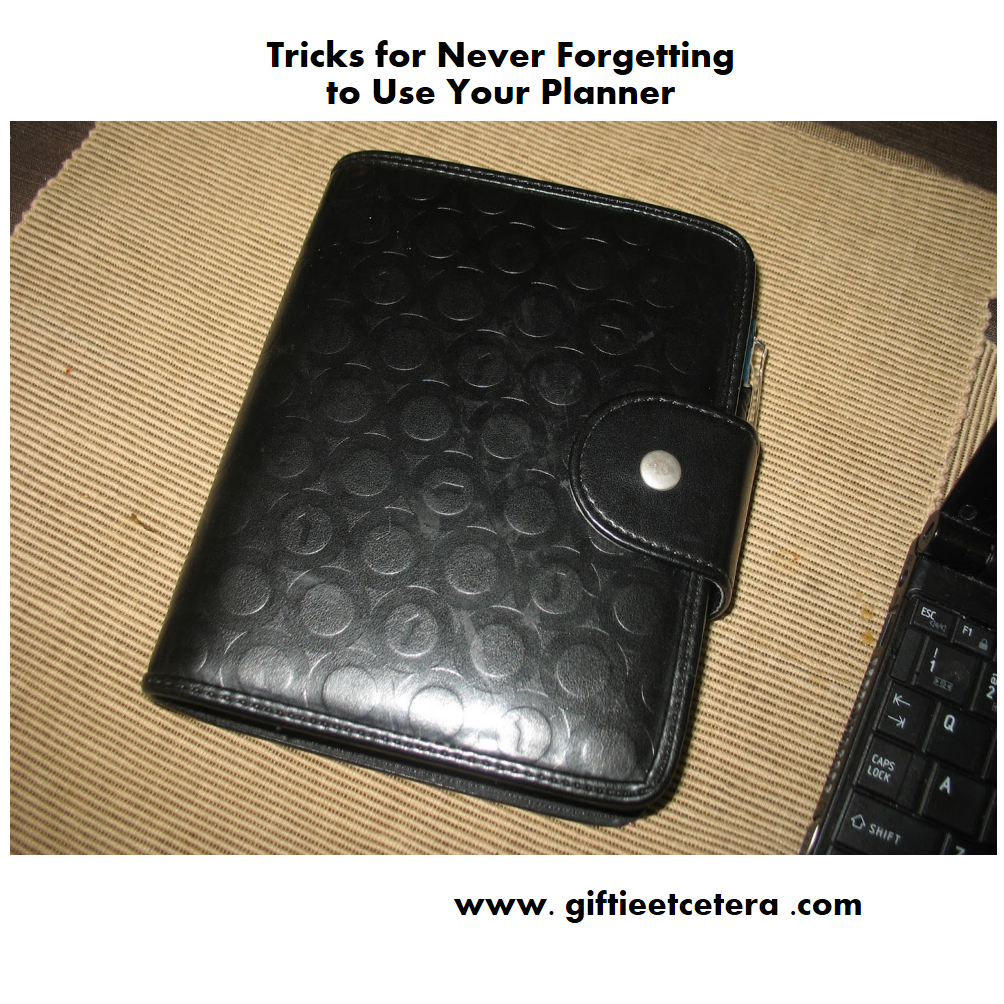Morning carpool is a long trip for me. I drive the kids into the city from the suburbs, a hour and a half round trip. (My husband, thankfully, gets off work in the city early enough to pick up the kids.)
Carpool takes up enough of my day that it is worthy of a note on my calendar, even though it happens every single weekday. Usually, since I am in the city anyway, I plan errands after school drop-off.
Today was no exception. I needed to pick up fish supplies and run to the specialty store for enchilada sauce.
There was a wreck.
Now, if you lived in Baton Rouge, you would say there is a wreck every day and it is to be expected. Eye. Roll. Well, grudgingly, yes. But in my defense (for using this admittedly lame example), the wrecks are not usually in front of the specialty store.
Fortunately, this is no problem for me since I build flexibility into my planning. A quick glance at my planner and I could adjust for the wreck. (Today, that meant changing my supper menu by swapping for another day and planning the errand tomorrow. In place of the errand, I went ahead to the regular store to pick up some items on my long-term list.)
Some keys to keeping your planner flexible:
1. Scheduled events go on your planner in a designated space, whether they are important or not.
Jury duty and job interviews obviously go on my planner, but so does babysitting for my sister and a party that I *might* go to. The only concession that I make for the party is a question mark after the entry. Karate classes for my kid go on my planner, even though my husband does karate transport, since I still need to know when uniforms need to be cleaned and when to serve a quick, earlier-than-usual supper.
2. Unscheduled events and tasks go elsewhere.
In my case, scheduled items go on my monthly pages and unscheduled stuff goes on my weekly pages. (This works, spacewise, if you only have three or four scheduled events per day.) Household routines go on a special page.
Buying a gift for a birthday party is an unscheduled event, EVEN IF you plan to go today and EVEN IF you MUST buy it by Saturday.
Writing the mortgage check is also unscheduled, even though it's on a deadline.
Here's the deal: you do HAVE to write the mortgage check by Wednesday, but you can do it anytime between now and Wednesday. I am not saying not to plan the mortgage check. Your weekly pages should have a note, on Tuesday, that says "DUE: Write mtg. check by Wed." Your weekly pages are for planning and deadlines.
3. Even if you don't use daily pages, feel free to plan out your day.
If you need a schedule for today, just to get everything done in time, put a sticky note with a schedule in the weekly area. Today I have to do two loads of laundry, defrost and cook supper, update my planner, RSVP to two parties, and make a doctor's appointment. This is not a ton of stuff, so my basic weekly set-up and chore list can handle it. But on the first day of school, I had a lot of tasks and scheduled events and made a schedule for that day.
But keep the timed events on the sacred monthly calendar. Keep must dos/should dos in your weekly planner.
4. Don't over schedule.
You heard me. Don't. With the rare exception of a very busy day due to external factors, if you have more than four appointments a day, you won't be able to handle it. Move some of the events to other days.
Exception: If you do customer service (say, when I was a lawyer), you might have eight or nine customers a day. For that, I recommend anything outside of normal work hours go on your monthly calendar, along with a note of normal work hours on your monthly pages. Then use a daily page for actual scheduling during work hours. Do the same thing if you homeschool your kids or teach.
5. Be flexible.
Seriously, my planner is my boss. It tells me what to do. Except when it doesn't!
Sometimes, plans change. I use FriXion pens (erasable), so I can change plans.
Etcetera.
If you enjoy what you read at Giftie Etcetera, please share on social media. Click here to join the Giftie Etcetera Facebook group.






















